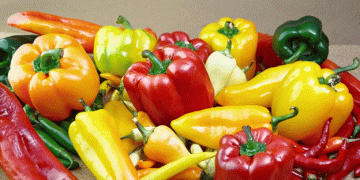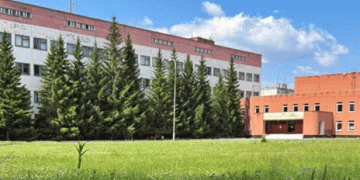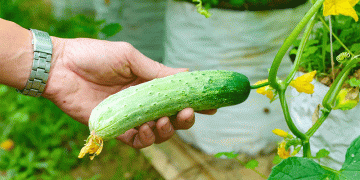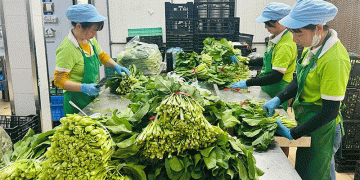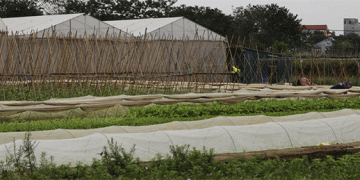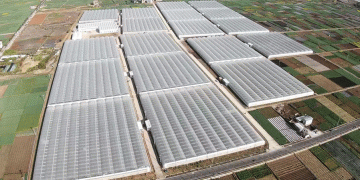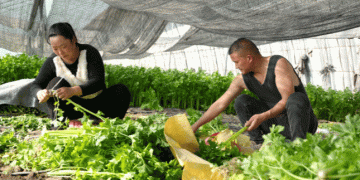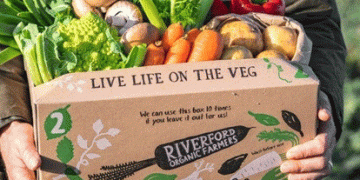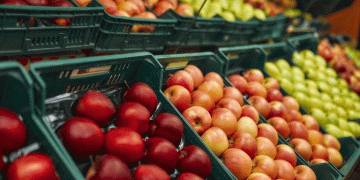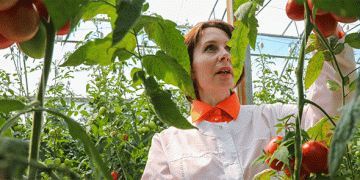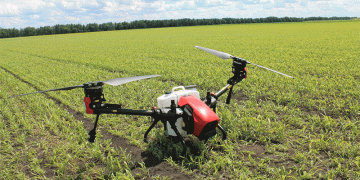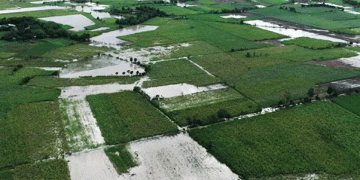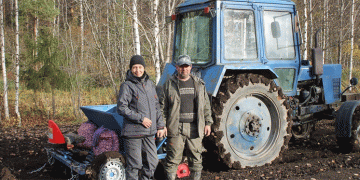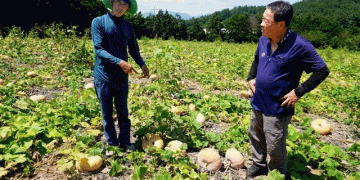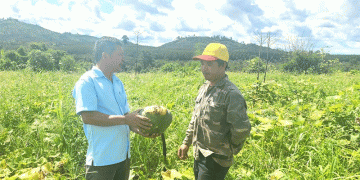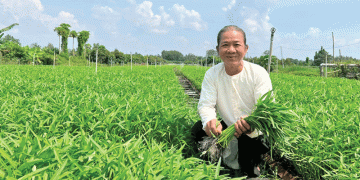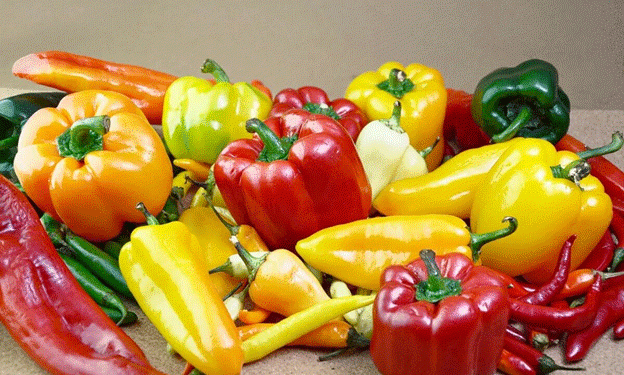Spain’s Pepper Export Boom: 15 Years of Growth Culminate in Record-Breaking 2024
Spain has firmly established itself as a global powerhouse in pepper (Capsicum annuum) exports, with 2024 marking a historic high point in both quantity and value. According to data from Estacom (ICEX – Agencia Tributaria) and the EU’s Common Customs Tariff (TARIC), Spain exported 844.62 million kg of peppers in 2024—an 86.12% increase compared to 2010. Even more striking, export revenue climbed to €1.665 billion, a 175.3% increase from the €605 million reported 15 years earlier.
This dramatic rise did not occur evenly across the country. Almería alone accounted for 62.82% of total Spanish pepper exports, shipping 530.62 million kg worth €1.024 billion, followed by Murcia with 151.43 million kg and €300.78 million in export value. Together, these two regions contributed more than 80% of Spain’s pepper exports in 2024.
Price Performance and Market Dynamics
The average export price in 2024 reached €1.97/kg, up 48.12% from 2010, signaling not only higher demand but also improved quality, logistics, and branding. Among the top five importing countries, the UK paid the highest average price at €2.04/kg, slightly above Germany’s €2.02/kg, reinforcing Spain’s strong position in premium European retail markets.
While the overall volume didn’t surpass the peak year of 2014, when Spain set its record for highest pepper export quantity, the recovery from previous years and the unprecedented revenue levels mark 2024 as the most successful year in the country’s pepper export history.
Broader Industry Trends and Context
Globally, the demand for fresh peppers has surged due to their rising popularity in health-conscious diets and their versatility in foodservice and home cooking. Eurostat and FAO data suggest that European consumption of bell peppers has steadily increased, especially in northern markets where local production is limited during winter.
Spain’s competitive advantage lies in its advanced greenhouse infrastructure, precision irrigation systems, and integrated pest management (IPM) strategies, especially in regions like Almería’s “sea of plastic.” These factors enable extended growing seasons and high yields with fewer pesticide residues—critical for meeting stringent EU and UK import requirements.
Spain’s pepper export story is a blueprint for success in high-value horticulture. Leveraging innovation, regional specialization, and strong trade relationships, the country has turned peppers into an agricultural flagship product. For farmers, agronomists, and policymakers, the next step is sustaining this momentum through investments in climate-smart agriculture, post-harvest infrastructure, and new market diversification beyond the EU.
